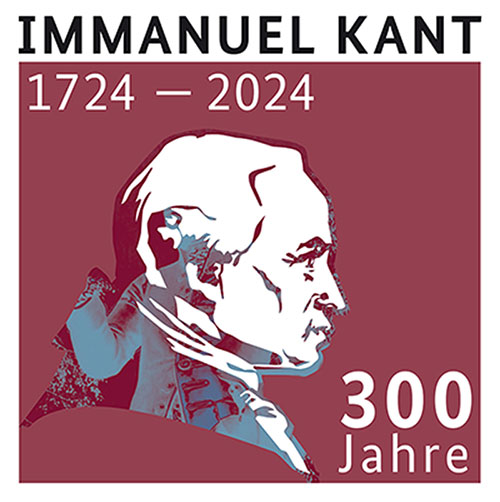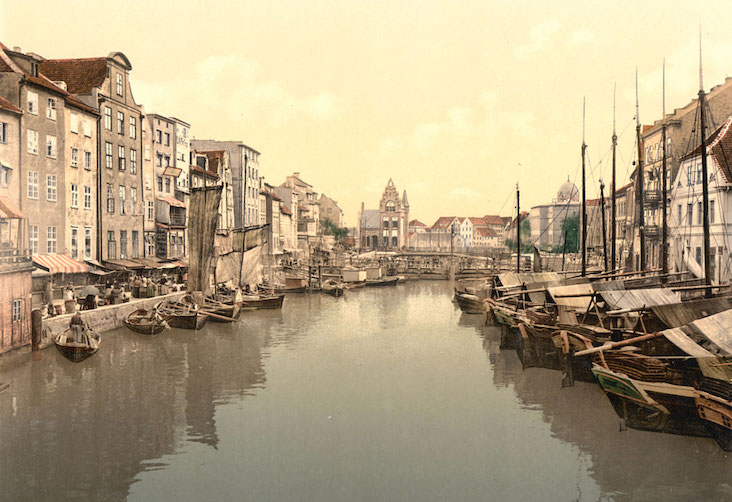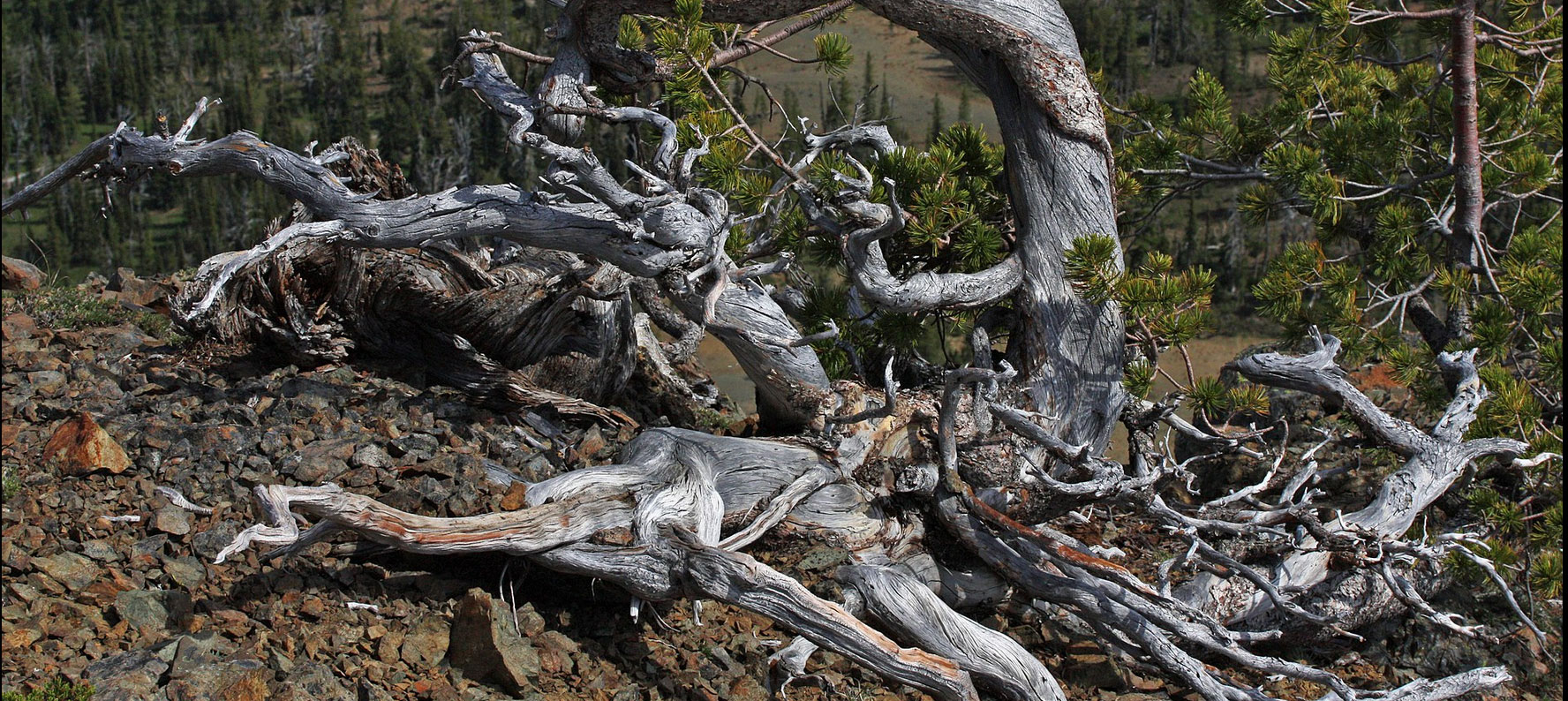What Smith saw

There was a vista of long-distance exchange immediately outside Adam Smith's window. The parish of Kirkcaldy, as described in the Old Statistical Account of Scotland in 1793, offered Sinclair, "Kirkcaldy," pp. 5-6, available at https://stataccscot.edina.ac.uk/static/statacc/dist/home a "full prospect" from Dysart (and the coal mines) on the east to the western hills, with "the eye embracing within that range the prosperous town of Pathhead" (nails), the "town and harbour", and the "industrious town of Linktown" (textiles.) "Extended before it" was the Firth of Forth, "enlivened by a constant succession of ships of all burdens;" it was a "scene, in which the beauties of external nature, and interesting displays of the operation of mind, are in no small degree united."
Smith lived in Kirkcaldy until 1740, when he was 17. He returned there, after his position in Glasgow and his expedition to Toulouse and Paris, for most of the period from 1766 to 1773 when he was writing the Wealth of Nations. The two great set-pieces with which the book begins, about the division of labour and the extent of the market, are seascapes, in miniature, of the world he could see. As in a beautiful passage about the philosophy of vision in the Theory of Moral Sentiments,
In my present situation an immense landscape of lawns, and woods, and distant mountains, seems to do no more than cover the little window which I write by, and to be out of all proportion less than the chamber in which I am sitting. I can form a just comparison between those great objects and the little objects around me, in no other way, than by transporting myself, at least in fancy, to a different station, from whence I can survey both at nearly equal distances, and thereby form some judgment of their real proportions.
Smith was "a splendid speculative thinker," as Carl Menger wrote Carl Menger, Investigations into the Method of the Social Sciences with special reference to Economics, transl. Francis J. Nock (New York, 1985), pp. 168 169., and he was in addition "an indefatigable observer [who] had given his system a broad supporting basis of knowledge based on experience and had tried to establish his philosophical theses by an all-round consideration of actual data." But this was not, in general, the opinion of 20th-century economists. Smith "could have known, or should have known about the industrial revolution," Charles Kindleberger wrote C.P.Kindleberger, "The historical background: Adam Smith and the industrial revolution," in The market and the state: essays in honour of Adam Smith, ed. T.Wilson and A.S.Skinner (Oxford, 1976), p. 1. tartly in 1976, on behalf of "economic historians." For a later critic Yanis Varoufakis, Foundations of Economics: A Beginner's Companion (London, 1998), p. 16., anticipating the awesome charge -- that Smithianismus is the cause of climate change -- "Smith looked outside his window and instead of seeing the gloom, wickedness, misery and smoke from the factory chimneys that everyone else could see, he saw the makings of a brave new world."
The industrial revolution has itself gone out of historiographical fashion. It happened in many, sometimes unlikely places, according to recent and not so recent scholarship; it was less important than industriousness; it was a revolution in the culture of enterprise; it did not really get started, even in Scotland, until around half a century after the publication of the Wealth of Nations, at least as measured by energy use in production. The industrial revolution was not a revolution, and for many economic historians it is not even a thing.
But there were multiple momentous changes in the economic life of Britain and France over the course of Smith's lifetime, and these were his "actual data." The Wealth of Nations is not a description of exchanges of goods and services. It is even less an idyll of the free flow of market forces; it is strikingly different, in this respect, from the imagined economic system of Smith's friend and inspiration A.R.J.Turgot (in which "commodities, revenue, wages, and population" were connected by a "reciprocal dependence," and tended "Lettres sur le commerce des grains," Oeuvres de Turgot, vol. 3, pp. 315, 324-328, 334, 354.to a level of prices "most approaching to the point of equilibrium.")
Smith's great subject, rather, was political economy, or the obstructions to free exchange, far more than the processes of exchange itself. "Merchants and manufacturers" (in one of Smith's favourite expressions) are the anti-heroes of the Wealth of Nations. They "are not contented with monopoly," seek "bounties," and for their "private interest" have "extorted" regulations from the legislature; their "impertinent jealousy" and "mean rapacity" have led to discord among nations; by their "clamour and sophistry" they have persuaded landlords and workers that "the private interest of a part... of the society, is the general interest of the whole;" they have oppressed the colonies. Even Smith's iterations of commodities -- "allum, lead, lead ore, tin, tanned leather, copperas, coals, wool cards, white woollen cloths, lapis calaminaris" -- were a recitation of exemptions to export duties.
The Wealth of Nations provides a vivid description, all the same, of an economic society that was changing in multiple respects. It was a scene of the exchange of information, of news of distant markets, and of inventiveness in organizing shipments of consumer goods (like black cloth) and intermediate goods (like alum and tin.) The ingenuity of the merchants and manufacturers was exercised in finance and insurance, as well as in political influence; there were ingenious mechanics, labourers and gardeners.
This was the world of the North Sea and the Baltic that was so easy to see in Kirkcaldy. The nail (or pin) manufactory in Pathhead prospered because of the division of labour, "the very smallest particles" of coal available from the nearby mines, and the "facility of getting old iron, by the ships trading from Dysart to Holland." The flax used in the linen industry, according to the Old Statistical Account of 1793, was "imported from Riga, and spun in Fife." There were ship's carpenters who provided employment in "importing the materials;" there were oak planks from Danzig and "the crooked timber is imported from Hamburg and Bremen Sinclair, "Dysart," pp. 506, 511, 513, "Markinch," p. 541.."
Immanuel Kant, who was reading Samuel Fleischacker, "Values behind the market: Kant's response to the Wealth of Nations," History of political thought, 1996, Vol.17 (3), pp. 379-407.the Wealth of Nations at the time, and whose own tercentenary will be celebrated in 2024, lived at the far shore of the same economic society, in the port city of Königsberg. He was the descendant, as recounted in his family tradition, of Scottish immigrants Ronald King Murray, "The Origin of Immanuel Kant's Family Name," Kantian review, 2008, Vol.13 (1), pp.190-193., the Kants or Cants of Fife. His acquaintances were merchants and the correspondents of overseas firms. The famous Isaiah Berlin, The crooked timber of humanity (Princeton, 2013); https://www.amazon.com/krumme-Holz-Humanit%C3%A4t-Kapitel-Ideengeschichte/dp/3100052056 comment from his Idea for a Universal History Idee zu einer allgemeinen Geschichte in weltbürgerlicher Absicht, Kant, Immanuel, 1724-1804. Bibliothek der Philosophie: Schriften zur Ästhetik und Naturphilosophie Frankfurt am Main: Suhrkamp Verlag, 1996 of 1784 -- "out of the crooked timber of humanity no straight thing was ever made aus so krummem Holz , als woraus der Mensch gemacht ist, kann nichts ganz Gerades gezimmert werden." -- was an evocation, in part, of the really existing crooked timber, the Krummholz, or twisted and irregular wood, that was an important export commodity in "our part of the world, so linked together by commerce in unserem durch seine Gewerbe so sehr verketteten Weltteil." In Kant's version of Baltic forestry Neigungen hernach die beste Wirkung: so wie Bäume in einem Walde eben dadurch, daß ein jeder dem andern Luft und Sonne zu benehmen sucht, einander nötigen beides über sich zu suchen und dadurch einen schönen geraden Wuchs bekommen; statt daß die, welche in Freiheit und von einander abgesondert ihre Äste nach Wohlgefallen treiben, krüppelig, schief und krumm wachsen., it was the trees that grew in isolation that were oblique and misshapen, like humanity.


Even the elaborate episode that inspired Smith's image of the invisible hand -- and the Adam Smith industry of the late 20th century -- was about the Baltic commerce. It is a shaggy dog story about the arithmetic of an anxious (imaginary) merchant in Amsterdam:
In the home-trade his capital is never so long out of his sight as it frequently is in the foreign trade of consumption. He can know better the character and situation of the persons whom he trusts, and if he should happen to be deceived, he knows better the laws of the country from which he must seek redress.... The capital which an Amsterdam merchant employs in carrying corn from Königsberg to Lisbon, and fruit and wine from Lisbon to Königsberg, must generally be the one-half of it at Königsberg and the other half at Lisbon.... The uneasiness, however, which he feels at being separated so far from his capital, generally determines him to bring part both of the Königsberg goods which he destines for the market of Lisbon, and of the Lisbon goods which he destines for that of Königsberg, to Amsterdam: and though this necessarily subjects him to a double charge of loading and unloading, as well as to the payment of some duties and customs, yet for the sake of having some part of his capital always under his own view and command, he willingly submits to this extraordinary charge.
Smith's information- and transaction-centred view of economic life continued as he turned his indefatigable observation from the Baltic to the vast oceanic universe of the East and West Indies, the South Sea Company and the plunderers of Bengal; of which more to come later in the birthday celebration. The world he described was one of "economic revolution" and not of industrial revolution, as in E.A.Wrigley's account E.A.Wrigley, People, Cities and Wealth: The Transformation of Traditional Society (Oxford, 1987), pp. 34-6, 43-5, 58. of the advanced organic economy. It was a version of what 20th-century economists identified as "Smithian growth Haim Barkai, "A Formal Outline of a Smithian Growth Model," The Quarterly journal of economics, 1969, Vol.83 (3), p.396-414.," in the austere sense of an increase in the capital-labour ratio and the "technical efficiency of equipment;" on this, too, there will be more to come.
But Smith was interested, by disposition and principle, in thousands of idiosyncratic changes in the economic lives of individuals, far more than in large revolutions or macro-explanations. He observed, in passing, that individuals were more industrious; "we are more industrious than our forefathers." He was (or would have been) unimpressed by the culturalist view that it was a particular social or national or confessional way of thinking -- individualist versus collectivist, enterprising versus obedient, ingenious versus conformist -- that explained the changing course of economic development. In his Lectures on Jurisprudence
Smith, Lectures on Jurisprudence, pp. 438-9., he was entirely unconvinced by arguments about national character, for example to do with the probity and commercial virtues of the Dutch. These were "not at all to be imputed to national character, as some pretend," but were rather a matter of circumstance (or in modern terms, the expectation of repeated games); "when a person makes perhaps 20 contracts in a day, he cannot gain so much by endeavouring to impose on his neighbours, as the very appearance of a cheat would make him lose."
Smith's "model" of economic change was in this sense far more micro than macro; more like a description than a model. But in relation to the tragic choices of the 21st century, it is the depiction of a different, more frugal and less destructive world. It was a world of old iron and crooked timber and particles of coal, and of the detailed understanding of costs and possibilities. In Dysart Sinclair, "Dysart," p. 522., as depicted in 1793, "the engines and salt pans occasion much smoke, which is very disagreeable, destroying vegetation in the gardens, and penetrating the inmost recesses of the houses. By erecting the proper apparatus on the chimney tops, it might be converted into tar. Thus the nuisance would be prevented, and a manufacture established, particularly adapted to a sea-port town."

| « Adam Smith and coal | Smithian growth » |
